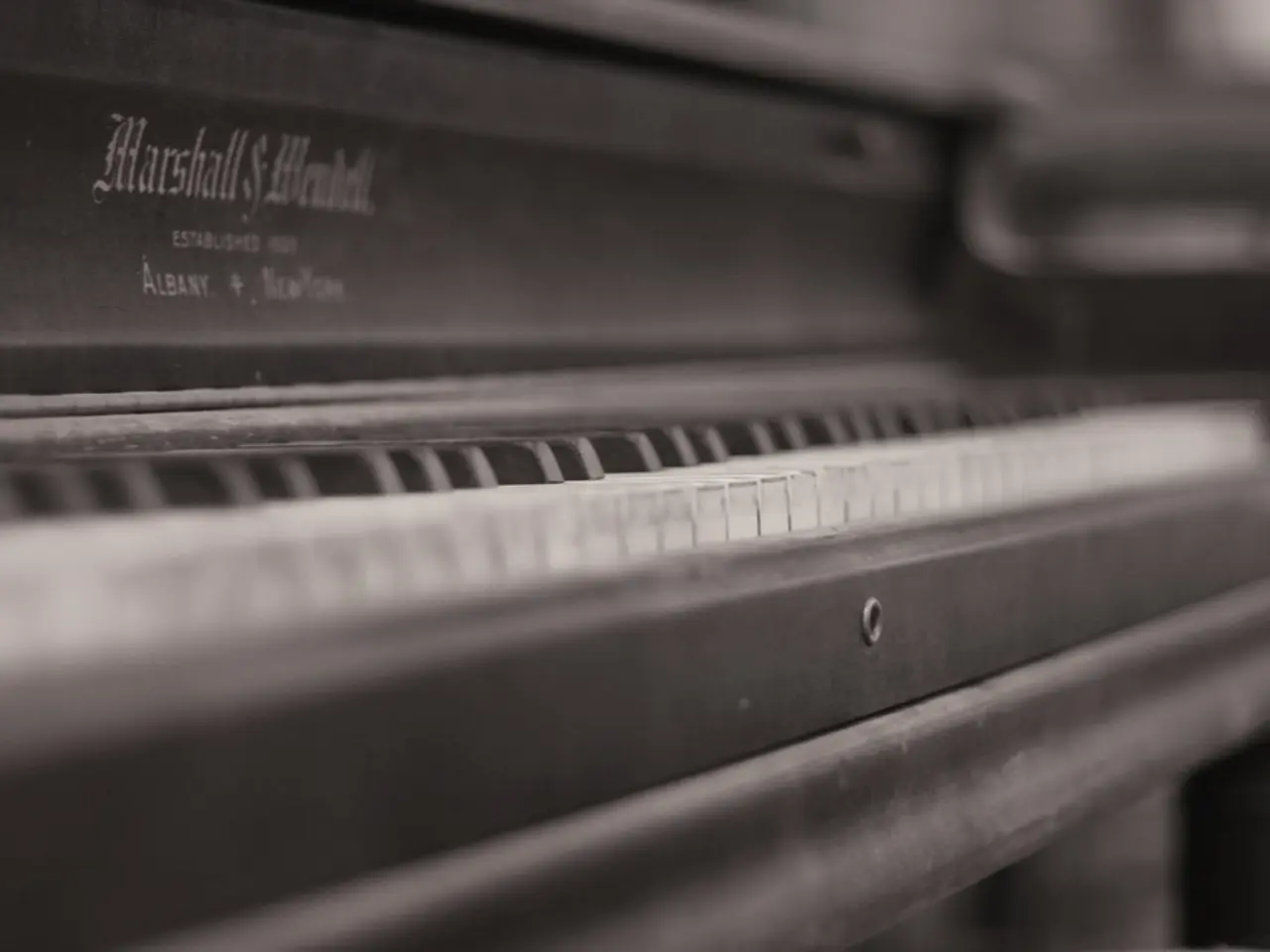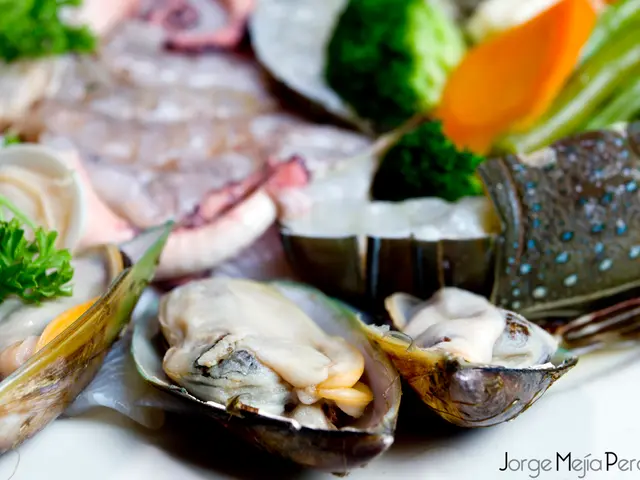Piano Song Composition Essentials for Music Students: Invaluable Advice for Aspiring Composers
In the world of music, composing a piano song is an art that requires both skill and creativity. Here's a step-by-step guide to help you embark on your piano composition journey.
Firstly, researching the subject or story you want to express is crucial as it deeply shapes your composition. Understanding your theme provides a solid foundation for your piece.
Next, familiarise yourself with basic piano techniques and musical elements. Learn your keyboard layout, simple chords (triads made of root, third, and fifth notes), and practice playing melodies and chords with both hands.
Begin composing by combining these chords and simple melodies, focusing on how the left and right hands can interact. Start simple, building your song from basic chord progressions and memorable melodies before adding complexity.
Develop your piece step-by-step. Learn the right hand melody first, then the left hand accompaniment, and finally practice both hands together to play confidently and accurately. Improvisation skills are highly useful in composing; start by improvising over a scale or a few notes related to your tonal center to discover melodic ideas, gradually expanding the range and patterns you use.
Experiment with different musical keys as they can drastically affect the mood of a song. Using major or minor scales and experimenting with simple patterns helps create emotional expression and enrich your song.
Remember to keep experimenting with the interaction between hands to achieve smooth transitions and harmonic support. Focus on rhythm and phrasing, learning to feel the subdivisions to give life to your composition.
Revising and improving a draft is crucial to transforming a rough piano composition into a polished one. Don't hesitate to take breaks when stuck in the songwriting process as they can provide new insights and rejuvenate creativity.
Adding a bridge or chorus to a composition can make it more interesting by providing contrast and giving listeners something new to experience. Listening to music you love can help find inspiration when struggling with creativity.
Collaborating with other musicians can ignite fresh creative sparks and bring new ideas. Understanding dynamics is important in piano music, as it can enhance the mood of the song by varying between soft and loud sections.
As a music major, you have the creative freedom to experiment and develop your own style in piano composition. The structure of a song can be varied to complement musical ideas, not limited to traditional verse-chorus format.
Lastly, taking advantage of services like EssayService can help with academic needs, allowing more time for composing music. EssayService also offers a service to polish essays written with AI, allowing users to focus more on their music.
In summary, essential steps for piano composition involve research and concept development, mastering basic piano skills and chords, improvising within scales to find ideas, composing melodies and harmonies separately, then combining them with attention to rhythm and practice for fluency. Composing piano music is a journey of exploration and expression, and with these tips, you're well on your way to creating beautiful piano compositions.
- A composer could be inspired to express a unique story or subject within their piano composition, which can significantly impact the overall piece and make it entertaining for listeners.
- To enrich their piano compositions, composers might delve into experimenting with different musical keys, using dynamics appropriately, and even collaborating with other musicians, employing various musical structures to showcase their creativity.








